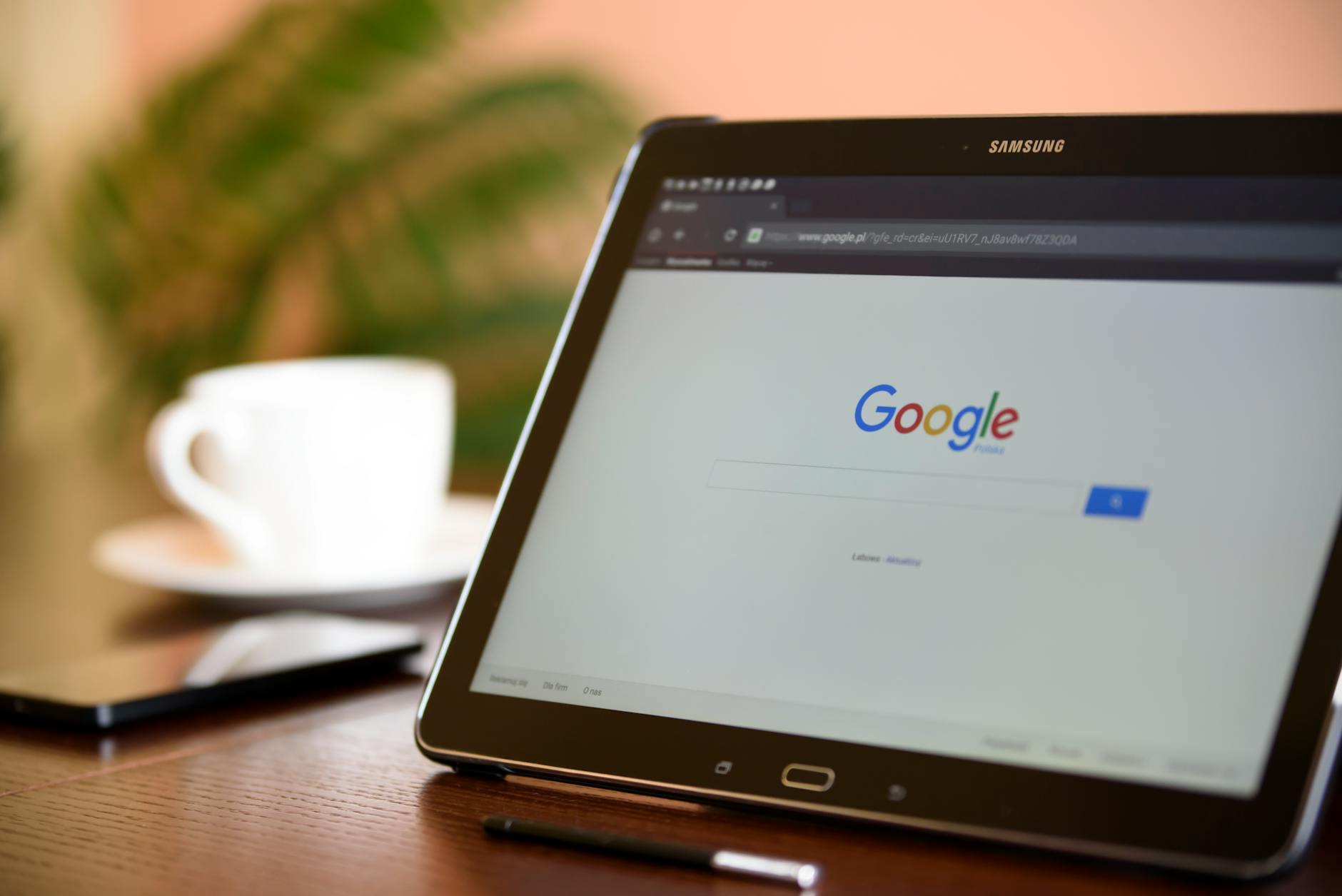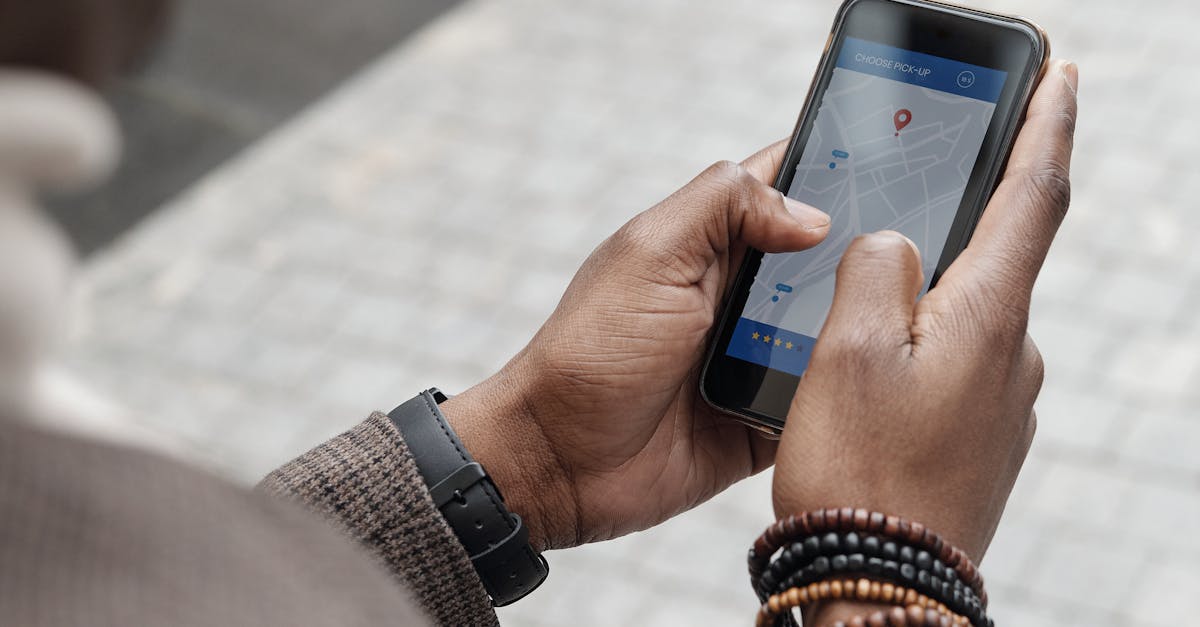Ever spent hours tweaking your website, only to search for your business on Google Maps and… nothing? You’re not alone. As someone who’s logged countless nights helping small businesses (and agency clients behind the scenes) fix their Google Maps rankings, I can’t tell you how common—yet frustrating—this problem is. But the good news is: there’s almost always a way out, and it usually starts with understanding how Google Maps actually works, what it looks for, and why it might be “ghosting” your business.

Why Ranking on Google Maps Actually Matters
If you’re a local business owner, here’s the harsh truth: if you’re not showing up near the top of Google Maps (the Map Pack), your phone—and inbox—are quieter than they should be. According to Google, nearly half of all searches have local intent. Folks searching “plumber near me” or “best hair salon in [your town]” are looking to buy, and they choose from the top results showing up in their area. Miss that, and you’re practically invisible—even if you’re the best in town.
Let’s Diagnose: Common Reasons Your Business Isn’t Ranking
There’s no one-size-fits-all answer; usually, it’s a handful of issues stacking up. Let’s break down the most important factors driving Google Maps rankings in 2025, and how I tackle them for Alkalyne Solutions clients:
1. Your Google Business Profile (GBP) Isn’t Optimized—Or Worse, It’s Wrong
Your Google Business Profile is your digital business card, storefront, and portfolio all rolled into one. But too often, small details are missing, inconsistent, or left blank.
- Missing or incorrect categories. Always choose the most specific, relevant primary category, then add two to four closely related secondary categories. For example, instead of simply “Contractor,” go with “Roofing Contractor,” then add “Siding Contractor” or “Gutter Cleaning Service” if you offer them. (Don’t guess—type a keyword in Google and see what other top businesses are using.)
- No unique business description or using generic terms. This is a missed opportunity. Use this space to highlight specializations, awards, years in business, and pepper in locally relevant keywords (naturally!).
- Outdated or mismatched NAP (Name, Address, Phone). If your business name, address, or phone number isn’t exactly the same across all your web citations (including your website, Facebook, Yelp, and Yellow Pages), Google gets confused. Consistency is absolutely critical. Pro tip: Even little typos or abbreviations (St vs. Street) can cause issues.
- Insufficient ‘attributes’. Do you offer wheelchair access? Free Wi-Fi? Family-friendly waiting room? Fill these out—they help you get picked up for additional searches.
Action Steps: I like to schedule a quarterly self-audit: log in, verify every detail, and update with new photos, services, and any seasonal offers. If you’re not sure what to tweak, look up the top three competitors in Maps for your keywords and see how their profiles are laid out.
2. Location & Service Area: Where (Exactly) Are You?
This one trips up a lot of overwhelmed business owners: it’s not just about where you want business, but about where you physically (or functionally) serve people. Google’s algorithm calculates distance in real-time, based on your stated location, service area, and even the user’s device position.
- Wrong pin or business address. If Google has your address slightly off, map users might never see you. Open your profile and double-check the map pin. If it’s off, correct it and upload a storefront photo for proof.
- Not setting a proper service area. For businesses that visit customers (e.g., plumbers, cleaners, repair services), you can select multiple service areas or cities. But beware: listing the whole state or too broad an area can actually dilute your rankings. Stick to the places your team can genuinely get to within 30-45 minutes.
- No ‘near me’ optimization. Update your GBP’s posts and description to mention neighborhoods or hotspots (think: “serving Midtown, Oak Grove, and Lakeshore communities” instead of blanket city names). This tells Google (and your customers): you’re the local expert.

3. Online Prominence: Building Your Reputation and Digital Authority
Prominence is one of Google’s main local ranking factors. Basically, it’s how well-known and well-loved you appear online. This means regular review gathering, frequent posts, and strong web presence beyond just Maps:
- Too few reviews—or reviews come in sporadically. Businesses with steady, fresh reviews each month (not a burst of ten then nothing) look healthy to Google and real people alike. Reply to every review—good or bad. (And if you’re not sure how to ask, systems like SMS review requests are way more effective than waiting for customers to do it themselves!)
- No photos or dated imagery. Listings with at least 20 good photos get way more clicks. Rotate through shots of your team, workspace, projects, or even happy customers (with permission!). Don’t forget to tag the location in each upload for a little local SEO boost.
- Weak website presence. Many small businesses treat the website as an afterthought, but Google looks for businesses with strong, consistent signals—especially local content, customer testimonials, and schema markup that spells out your hours, address, and services. Your website and GBP should “talk” to each other.
What I Recommend: Make it a habit to post updates, offers, or team news at least 2-4 times per month on your GBP. Not only does it keep your listing fresh, but each post is a new chance to pop up for local queries (“Now offering AC tune-ups in South Hills!”).
4. Forgetting About Citations and Backlinks
Google likes a “paper trail” across the web showing you’re a real business locals rely on—not a fly-by-night operation. That means your details show up the same way on local directories, the Chamber of Commerce site, relevant trade associations, and a few respected industry sites.
- Audit your business mentions using free tools (honestly, just Googling your business name + city can surface most of them!). Fix any mismatches immediately.
- Get listed—properly—on at least 5-10 reputable directories beyond Google Maps, like your city’s business registry, Yelp, Bing Places, or Houzz (for contractors).
- Seek a few local backlinks. This could be sponsoring a school event or writing a quick tip post for a local blogger. Every little mention counts.
5. Not Using Google Business Profile Features to Their Full Potential
GBP isn’t static—it’s full of extra features most business owners never touch. Here’s where you can gain a real edge:
- Q&A Section: Add and answer common questions (think: parking info, COVID protocols, specific services).
- Product and Service Menus: For many industries, you can add detailed offerings with prices and descriptions. It’s not just for restaurants; it’s open to salons, contractors, and even law firms.
- Posts: Specials, events, success stories—keep these rolling and use location phrases naturally (“serving Forestview community,” etc.).

6. Technical Issues: Website and Speed Matter, Too
We can’t forget about your website. Google looks for:
- Mobile-friendliness. Most local searches are on phones. Run your site through Google’s Mobile-Friendly Test.
- Fast load times. A slow website can hurt your rankings everywhere—including Maps.
- Clear local signals. Your city, service area, and contact details should be easy to find on every page, not hidden in a single footer or image.
Pro tip: Your homepage’s meta title should include your primary service + city (“Family Law Attorney in Middleton, CO”). This makes a direct difference in both Maps and SEO rankings.
7. Shady Practices: The Problems with “Hacks”
Tempted by shortcuts like stuffing the business name with keywords (“Best Plumbing Repair Fast – Dave’s Plumbing – City”) or buying fake reviews? Don’t. Google’s gotten good at spotting fraud, and the penalties can leave your listing buried or even suspended. Stick to the basics—consistency, transparency, value—and you’ll see results that last.
Advanced Tactics for 2025 (If You Want to Go the Extra Mile)
- Create local FAQ content: This can live on your site and be repurposed in your Google Q&A. If people are searching “how soon can I get a quote in Elmwood?”—answer that directly!
- Emphasize voice search keywords: Folks talk to their phones differently than they type. Try phrases like “Who offers emergency tree removal near me?” as part of your on-site content and GBP posts.
- Test paid search for a visibility spike: A brief local Google Ads campaign can drive quick traffic, website visits, and even more reviews—which, in my experience, often gives you an organic bump later.

How Long Will It Take to See Results?
This is the question every client eventually asks—and I get it! The truth is, fixes can take three to six months to start showing up consistently in rankings. Progress depends on the current level of competition, the size of your local market, and just how much you overhaul your current setup.
Don’t stress if you don’t jump from nowhere to #1 overnight. Keep tabs with Google Search Console’s “Performance” tab and watch for increases in Map impressions—that’s your first sign you’re doing it right.
Next Steps: Turning Frustration Into Local Calls and Clicks
I know firsthand how overwhelming all this can feel. The good news? You don’t have to fix it all at once. Start with a quick audit: is every detail of your GBP accurate, rich with real content, and brimming with new photos? Are your reviews recent? Does your website scream “local expert”?
If you’re still running in circles (or need a fresh set of eyes), this is exactly what I do for small businesses and agency partners. Sometimes one round of updates does the trick, sometimes a few months of hands-on support is needed—but the end result is the same: more calls, more site visits, and more business from folks in your own backyard.
Need help cutting through the noise or want a personalized action plan to finally get your business showing up on Google Maps? Let’s talk—I’ll make sure the next time you look yourself up, you don’t disappear.

